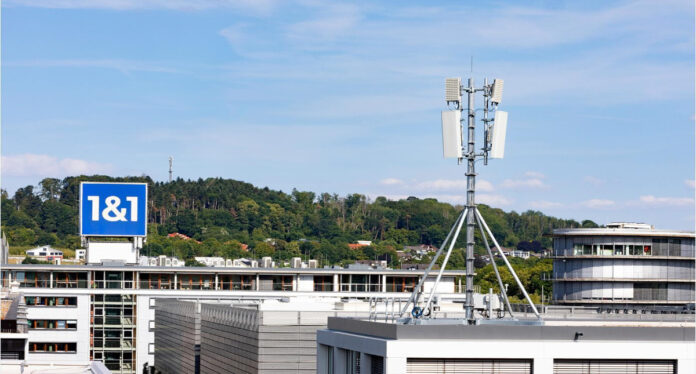1&1 said that four core data centers and 24 edge data centers are already operational on its O-RAN network
In sum, what to know:
10M subscribers: 1&1 reaches 10M users on its new Open RAN 5G network just 18 months after initial launch.
Decentralized rollout ongoing: The telco said 279 of over 500 planned data centers area already active, supporting Germany-wide low-latency coverage.
Mass migration underway: Up to 50,000 customers moved daily from Telefónica/Vodafone to 1&1’s own 5G network infrastructure.
German fourth mobile operator 1&1 has surpassed 10 million users on its 5G network powered by Open RAN (O-RAN) technology just 18 months after launching its mobile services,
In a release, the German telco noted that this milestone marks one of the fastest mobile network expansions in Europe.
“Hardly any other mobile network has grown faster than the 1&1 O-RAN,” said Michael Martin, chief executive officer of 1&1 Mobilfunk. “10 million users are clear evidence of the performance and reliability of our infrastructure based on the innovative Open RAN technology — by the end of the year, this number will exceed 12 million.”
The European telco also noted that the rapid growth is driven by 1&1’s transition of users from rival operators Telefónica and Vodafone networks, where they were previously served via wholesale agreements, onto its own infrastructure. The migration effort, described as Germany’s largest network transition, is supported by a nationwide, cloud-native Open RAN architecture.
To support this infrastructure, four core data centers and 24 edge data centers are already operational. In addition, 279 of the planned 500 local data centers have been deployed in the first phase of expansion. This decentralized architecture is a key feature of the 1&1 mobile network, enabling low-latency, high-performance connectivity across the country, the telco said.
1&1 is Germany’s fourth national mobile network operator, and it’s the first to fully embrace Open RAN technology from the start. The company cites several key benefits of this model:
-High performance: The entire system is built on a Germany-wide cloud infrastructure. Gigabit MIMO antennas are directly connected via fiber.
-Digital sovereignty: Independence from specific equipment manufacturers allows 1&1 to work with the most secure and innovative suppliers.
-Energy efficiency: According to TÜV Rheinland, 1&1’s network delivers 10–30% greater energy efficiency than conventional mobile networks.
-Security: Open interfaces and standardized technologies are regularly audited to ensure system integrity.
Currently, up to 50,000 users are being migrated daily onto 1&1’s 5G network. The company said its network is fully virtualized and based on O-RAN technology. The network uses hardware, software and services from more than 80 partners, 1&1 added.
The German carrier previously said that it aims to provide 5G services to a quarter of German households by the end of 2025 and to half of them by the end of 2030.
In August 2023, 1&1 had signed a long-term roaming deal with compatriot operator Vodafone Germany, which enabled the provision of 5G service at a national level.
The national roaming cooperation included the “non-discriminatory provision” of national roaming services in areas that are not yet covered by the new 1&1 mobile network and will comprise the access to Vodafone’s 2G, 4G and 5G networks as well as future mobile standards and technologies.
The roaming cooperation with Vodafone will be valid for an initial period of five years, which can then be extended by a further 13 years.
The German operator also has an ongoing roaming deal with Telefonica, which is expected to expire in June 2025.

